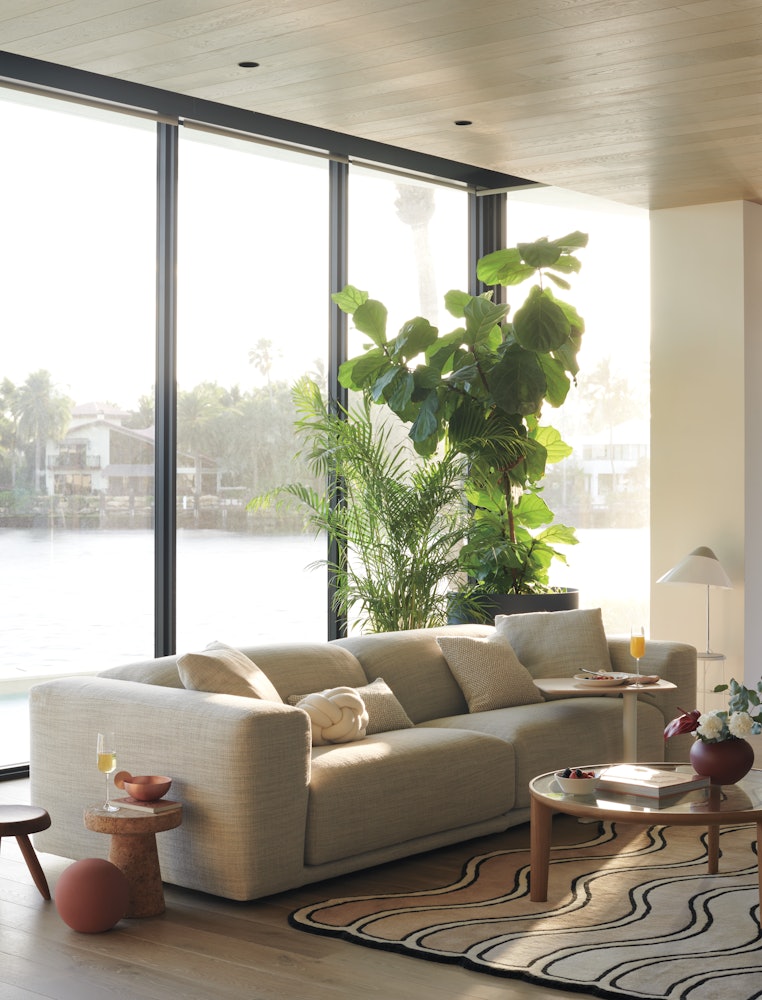Product Summary
Shipping + Delivery
Easy Returns
Not satisfied? Return items within 30 days. Learn More
Design Concierge
Need help designing your space? Learn more about our complimentary interior design services
Authenticity Guaranteed
This is an original, authenticated product.
Warranty
2-year warranty (terms and conditions may vary)
Details
- Provides both atmospheric and direct illumination.
- Impact- and fade-resistant shade tilts to send light where needed.
- Designed by Hans Wegner.
- Sleek, elegant silhouette.
- Made in Denmark.
- Brand
- Pandul
- Collection
- Opala Collection
- General Dimensions
-
- 23¼" H 16¾" W 16¾" D 16¾" DIA
- Assembly
- Requires Assembly
- Warranty
- 2-year warranty (terms and conditions may vary)
Opala Midi Table Lamp
- Height (in): 23¼
- Width (in): 16¾
- Diameter (in): 16¾
- Depth (in): 16¾
- Weight (lbs): 6.75
- Cord Length (in): 98½
- Aluminum frame and base
- High-gloss acrylic shade

Hans Wegner
Hans Wegner stands among designers Finn Juhl, Arne Jacobsen, Børge Mogensen, Poul Kjærholm and Verner Panton as a master of 20th-century Danish modernism. More specifically, he was instrumental in developing a body of work known as organic functionalism. His early training included both carpentry and architecture.
More on Hans Wegner

